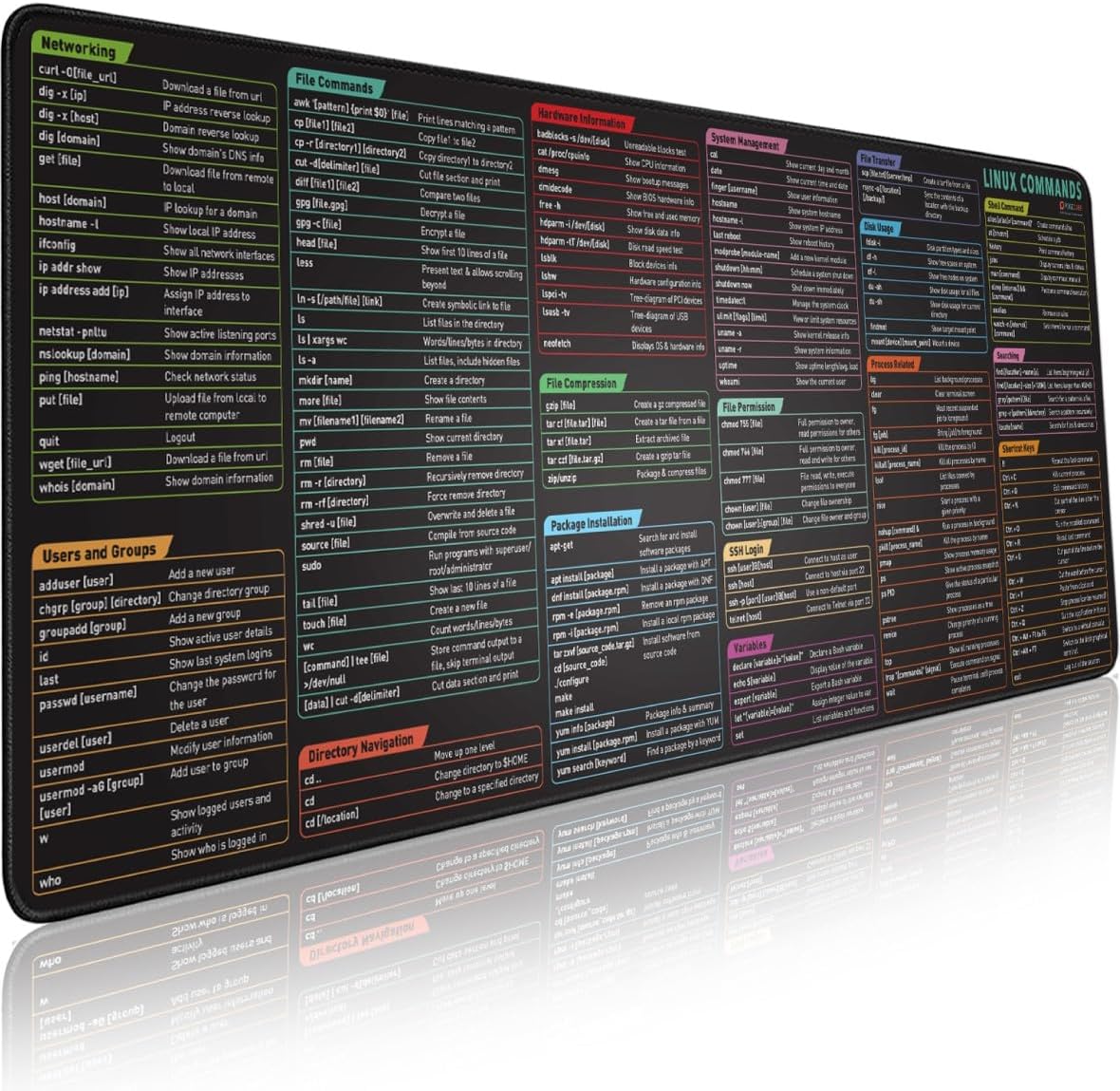The Hidden Dangers of Race Conditions: Exploitation and Protection
Securing Applications Against Concurrency Vulnerabilities

In the intricate world of software development and cybersecurity, race conditions stand as a unique and often understated challenge. These concurrency-related security vulnerabilities arise in environments where processes or threads operate in parallel, leading to complex and potentially hazardous scenarios. This is dedicated to unraveling the intricacies of race conditions, aiming to illuminate their subtle yet significant impact on application security.
At their core, race conditions occur when the timing and sequence of events are critical to the operation but go uncontrolled, leading to unpredictable states in software systems. This can happen when multiple threads or processes access and manipulate shared data concurrently without adequate synchronization, resulting in conflicting outcomes. The implications of such conditions go beyond mere functional errors; they can lead to serious security breaches, data corruption, and system failures.
In our exploration, we will dissect the mechanics of race conditions, providing a clear understanding of how these issues manifest in real-world applications. We’ll delve into various scenarios where the lack of proper handling of concurrent operations leads to unintended and unsafe application states. From banking systems to web applications, the potential for race conditions to cause harm is vast and varied, making them a critical concern for software developers and security professionals alike.
By examining the underlying principles and common instances of race conditions, this article will equip readers with the knowledge needed to identify and address these complex vulnerabilities. Understanding the nature of race conditions is the first step towards implementing effective strategies to safeguard applications against the unpredictable and often overlooked dangers they present.
Real-World Examples: The Impact of Race Conditions on Security
To fully grasp the seriousness of race conditions and their impact on application security, it is instructive to look at real-world examples where such vulnerabilities have been exploited. These instances not only highlight the scenarios in which race conditions can arise but also showcase the types of vulnerabilities they introduce, often leading to unauthorized access, data corruption, and other significant security breaches.
Example 1: Banking Transaction Flaws
One notable case involved a race condition in a banking system’s transaction handling process. Users discovered that by initiating multiple transfer operations simultaneously across different sessions, the system failed to accurately update account balances in real-time. This oversight allowed users to effectively double or triple their money by exploiting the race condition, leading to significant financial losses for the bank and a breach of trust among its customers.
Key Learning: This example underscores the need for stringent synchronization mechanisms in financial transactions, where accurate, real-time processing is critical.
Example 2: E-commerce Platform Checkout Glitch
In an e-commerce platform, a race condition was exploited during the checkout process. By executing parallel requests to the checkout service, attackers were able to bypass the inventory check, allowing them to purchase items that were already out of stock or exceed the per-customer limit set for certain products.
Key Learning: This scenario illustrates the importance of implementing robust concurrency controls in systems where inventory and purchase limits are essential to business operations.
Example 3: Multi-Threaded Application Data Corruption
A multi-threaded application experienced data corruption due to a race condition. The application allowed multiple threads to access and modify shared data without adequate locking mechanisms. As a result, critical data was overwritten and corrupted, leading to system instability and loss of data integrity.
Key Learning: This case highlights the importance of proper locking and thread management in multi-threaded applications to ensure data integrity and system stability.
These real-world examples demonstrate how race conditions can lead to diverse and serious security breaches. They emphasize the critical need for careful design and testing of applications, especially in scenarios involving concurrent processes or multi-threaded environments. Understanding these examples is key for developers and security professionals in identifying potential race conditions and implementing effective strategies to mitigate their risks. In the following sections, we will delve into the methodologies for identifying race conditions during development and the best practices for preventing such vulnerabilities.
Strategies for Identifying and Preventing Race Conditions in Development
Addressing race conditions effectively requires proactive measures throughout the software development lifecycle. This section focuses on strategies and techniques crucial for identifying and preventing these concurrency vulnerabilities. We will delve into the world of synchronization mechanisms and other best practices to ensure that concurrent processes operate harmoniously without causing detrimental interference.
1. Proper Synchronization Mechanisms:
Synchronization is vital in managing access to shared resources in concurrent processes. It involves using various mechanisms to ensure that only one thread or process accesses a particular resource at a time.
- Implementing Locks and Mutexes: One common approach is using locks or mutexes (mutual exclusions). These tools help to prevent multiple threads from entering a critical section of code simultaneously. Example: In a web application handling user account updates, a mutex can be used to ensure that only one thread at a time can modify a user’s account information. This prevents scenarios where simultaneous requests lead to conflicting or erroneous updates.
- Semaphore Usage: Semaphores are another synchronization tool used to control access to a common resource by multiple processes in a concurrent system. They can be particularly useful for limiting access to resources that can handle a certain degree of concurrency without issues. Example: A semaphore can manage the number of bookings processed simultaneously in a ticket booking system. This prevents overbooking, ensuring that the number of tickets sold does not exceed the available seats.
2. Avoiding Deadlocks:
While implementing synchronization, care must be taken to avoid deadlocks – situations where two or more processes are unable to proceed because each is waiting for the other to release a resource.
- Deadlock Prevention Strategies include ensuring that locks are always acquired in a consistent order and implementing timeout mechanisms where a thread will give up on waiting for a resource after a certain period. Example: If Process A holds Lock 1 and waits for Lock 2, while Process B holds Lock 2 and waits for Lock 1, a deadlock occurs. Such deadlocks can be avoided by ensuring both processes acquire locks in the same order (e.g., always Lock 1 before Lock 2).
3. Testing for Race Conditions:
Testing plays a crucial role in identifying race conditions. This can be challenging due to the nondeterministic nature of concurrent processes.
- Stress and Load Testing: By simulating high loads or stress conditions, developers can unearth race conditions that might not be evident under normal operation.
- Concurrency Testing Tools: Utilizing tools designed to detect race conditions can be beneficial. These tools can analyze code execution paths and highlight potential concurrency issues.
Identifying and preventing race conditions requires a combination of careful coding practices, rigorous testing, and the proper use of synchronization mechanisms. By adopting these strategies during the software development lifecycle, developers can significantly reduce the likelihood of race conditions, leading to more stable, secure, and reliable applications. In our final section, we will discuss additional best practices and provide further resources for those interested in deepening their understanding of concurrency in software development.
Best Practices in Programming to Mitigate Race Condition Risks
Beyond specific synchronization techniques, there are broader programming best practices that are essential in mitigating the risks associated with race conditions. This section highlights some of these key practices, providing examples and insights that will be beneficial for developers in creating more secure and reliable software.
1. Avoiding Shared Mutable State:
A shared mutable state is a common cause of race conditions, occurring when multiple threads or processes can access and modify the same data concurrently.
- Best Practice: Aim to minimize or eliminate shared mutable states in your applications. This can be achieved by designing your software in such a way that data is not shared across threads, or by ensuring that data is immutable once created. Example: If developing a multi-threaded application that processes user requests, consider using immutable objects instead of having a shared mutable object that holds user data. Once a user’s data is created or retrieved, other threads should not change it. Any changes should result in the creation of a new immutable object.
2. Implementing Locks Correctly:
While locks are essential for synchronization, their incorrect implementation can lead to deadlocks or reduced performance.
- Best Practice: Use locks judiciously and release them as quickly as possible to avoid blocking other threads. Ensure that locks are acquired and released consistently and avoid complex interdependencies between locks. Example: In a web application that updates user profiles, use a lock to synchronize access to the user profile object. However, ensure that the lock is held only during the actual update operation and is released immediately afterward, thus minimizing the duration for which other threads are blocked.
3. Utilizing Thread-Safe Programming Constructs:
Modern programming languages and frameworks provide various constructs that are inherently thread-safe and can be used to avoid race conditions.
- Best Practice: Make use of thread-safe collections, atomic variables, and concurrency utilities provided by your programming language or framework.Example: If using Java, instead of using standard HashMap for storing shared data, use ConcurrentHashMap. It is designed to handle concurrent access and updates efficiently, reducing the risk of race conditions.
4. Immutable Objects:
Using immutable objects wherever possible is a powerful way to avoid race conditions, as they cannot be modified once created.
- Best Practice: Design your objects to be immutable unless there’s a specific need for them to be mutable. Immutable objects are inherently thread-safe. Example: In a financial application, create objects representing monetary transactions as immutable. Once a transaction object is created with a specific amount, payer, and payee, it cannot be altered, thus avoiding potential race conditions in processing transactions.
By incorporating these best practices in programming, developers can significantly reduce the risk of race conditions in their software. Avoiding shared mutable state, implementing locks correctly, utilizing thread-safe programming constructs, and favoring immutable objects are all strategies that contribute to the development of robust, secure, and reliable applications. In our final section, we will summarize key takeaways and provide additional resources for those interested in further exploring the prevention of race conditions in software development.
Empowering You to Combat Race Condition Vulnerabilities
As we conclude our detailed exploration of race conditions, it’s clear that these concurrency vulnerabilities represent a significant threat in the realm of software development and security. Throughout this article, we have endeavored to provide a comprehensive understanding of race conditions, the various forms they take, and the myriad ways in which they can compromise the security and functionality of applications.
This guide has been meticulously crafted to serve as an invaluable resource for a diverse audience including software developers, security engineers, IT professionals, and bug bounty hunters. Our discussions on synchronization mechanisms, best programming practices, and strategies to identify and mitigate race conditions are geared towards empowering you with the knowledge and tools necessary to secure your applications.
By understanding the intricacies of race conditions and implementing the strategies outlined in this guide, you will be better equipped to address and prevent these challenging vulnerabilities. The insights provided here aim to enhance your ability to build more robust, secure, and reliable software, thus contributing to a safer digital environment.
At BugBustersUnited, we are committed to fostering a community of learning and collaboration. We encourage our community to engage with this content and share your thoughts, experiences, and suggestions regarding race condition vulnerabilities. Your input is not only valuable in enriching our collective understanding but also instrumental in helping others navigate the complexities of software security.
Whether you have additional insights to share, questions about the content, or experiences with tackling race conditions, your contributions are highly appreciated. By sharing your perspectives, you help shape our community to be well-informed, proactive, and resilient against the evolving challenges in the field of cybersecurity.
Thank you for joining us on this journey of understanding and combating race condition vulnerabilities. We look forward to your active participation and insightful contributions to BugBustersUnited as we continue to learn, grow, and strengthen our defenses in the ever-changing software development and security landscape.






